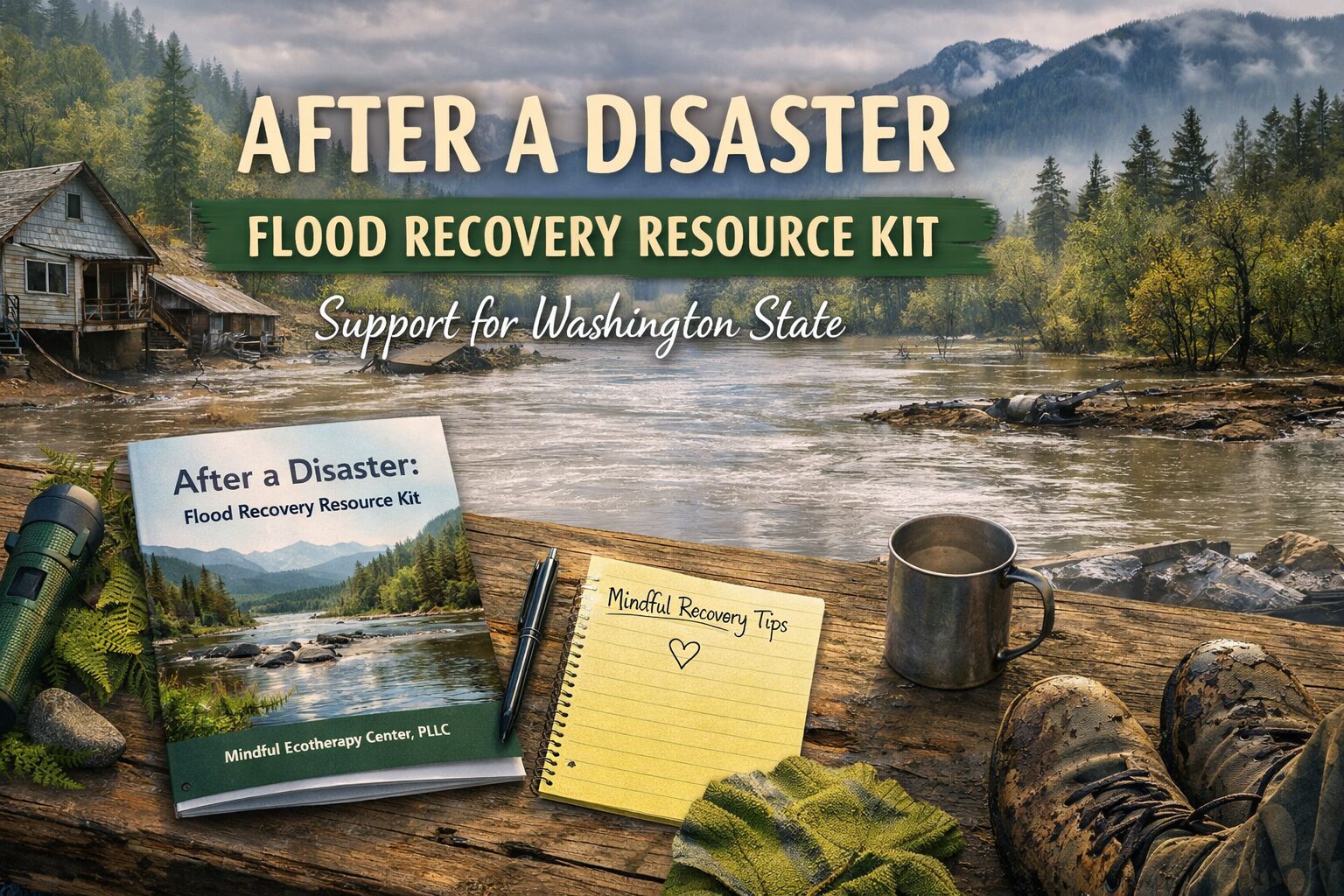
Table of Contents
Water has long been a symbol of purification, transformation, and renewal across cultures and spiritual traditions. Whether it is the gentle flow of a stream, the still surface of a lake, or the powerful rhythm of ocean waves, water meditation invites us into deeper states of presence and introspection. Through the practice of water meditation, we can harness the calming and restorative power of natural water bodies to support emotional healing and psychological resilience.
This practice is a core element of Mindfulness-Based Ecotherapy, which integrates mindfulness with immersive nature experiences. When combined, mindfulness and water-based nature therapy offer a profoundly grounding, sensory-rich way to process grief, soothe anxiety, release emotional tension, and reconnect with the self.
The Emotional Symbolism of Water
Water is a natural metaphor for human emotion. Like water, our feelings rise and fall, crash and calm, stagnate or flow. In many indigenous and psychological traditions, water is associated with the emotional body, the subconscious, and the process of letting go. Sitting by water or immersing oneself in it while practicing water meditation helps us attune to the fluid nature of emotion, inviting awareness, acceptance, and movement where there was once constriction or stuckness.
Spending time near or in water has measurable benefits for emotional well-being. Research shows that blue spaces, or environments in or around natural water, are associated with reduced stress and improved mood (White et al., 2020). Simply being near water can lower heart rate, decrease anxiety, and support emotional regulation. This is one of the reasons water meditation is so beneficial.
How Water Meditation Supports Emotional Healing
1. Promotes Emotional Flow and Release
Stagnant emotions such as unresolved grief, anger, or shame can weigh heavily on the mind and body. Water meditation encourages emotional flow by providing a sensory-rich, symbolic space in which feelings can be acknowledged and released.
Sitting near a river or stream, for example, invites the mind to follow the current and visualize emotions flowing downstream, letting go of pain with each breath.
2. Encourages Mindful Presence
The rhythmic qualities of water lapping waves, trickling brooks, or crashing surf naturally draw attention to the present moment. This kind of environmental mindfulness reduces rumination and helps calm the nervous system, allowing deeper access to the emotional self.
According to Kabat-Zinn (1990), mindfulness is the act of paying attention, on purpose, in the present moment, and without judgment. Water’s gentle presence supports this kind of attention by offering a soothing focal point.
3. Offers a Safe Space for Reflection
Water often creates a boundary between the outer and inner world, offering quiet, reflective spaces where we can slow down and listen inwardly. Lakeshores and tide pools provide places of stillness, ideal for introspective healing and journaling. Oceans offer the vastness to hold big emotions, helping people feel part of something greater.
For people coping with trauma, heartbreak, or emotional overwhelm, these quiet “blue sanctuaries” can serve as safe containers to process difficult feelings without judgment or interruption.
4. Enhances Somatic Awareness
Water engages the body as well as the mind. Feeling cool waves against the skin, dipping toes in a stream, or listening to the gurgle of a brook encourages embodiment—the practice of being fully present in the body. This helps individuals become aware of where they hold tension or emotion, and gently release it.
Somatic-based therapies often use this approach to help people access and express feelings stored in the body (Van der Kolk, 2014). Water meditation, especially when practiced with touch, supports this healing pathway.
How to Practice Water Meditation
You don’t need to live near the ocean to practice water meditation. Lakes, rivers, fountains, or even a bowl of water at home can be effective. The key is intention and presence.
River Release Meditation (for Letting Go)
- Sit beside a flowing river or stream.
- Close your eyes and take several deep breaths.
- Visualize placing your emotional pain on leaves or petals and letting them float down the current.
- With each exhale, imagine releasing part of your burden into the moving water.
- Continue for 10–20 minutes, allowing the river to carry your pain away.
Ocean Breath Practice (for Soothing Anxiety)
- Sit facing the ocean (or listen to ocean wave recordings if you’re at home).
- Match your breath to the rhythm of the waves: inhale as a wave comes in, exhale as it retreats.
- Focus on the sound and motion, allowing tension to wash out with each outbreath.
- Let the ocean’s vastness hold your worries.
Still Water Reflection (for Self-Compassion)
- Find a calm body of water (lake, pond, tide pool).
- Gaze at your reflection without judgment.
- Silently repeat phrases such as, “May I be gentle with myself,” or “I am allowed to feel this.”
- Let the stillness of the water help calm your mind and soften your heart.
The Science Behind Blue Mind
Marine biologist Dr. Wallace J. Nichols coined the term “Blue Mind” to describe the mildly meditative state we enter when near water. According to Nichols (2014), exposure to water triggers a neurological response that increases dopamine, lowers cortisol, and stimulates the parasympathetic nervous system—supporting emotional regulation and creativity.
“Being near water,” Nichols writes, “can make us happier, healthier, more connected, and better at what we do.”
Final Thoughts
Emotional healing is rarely linear or easy. It often requires time, space, and patience. Water meditation offers a compassionate, sensory-rich environment where this healing can unfold naturally. Whether you are grieving a loss, managing anxiety, or simply feeling emotionally heavy, the rivers, lakes, and oceans offer a timeless sanctuary for reflection and release.
Nature doesn’t rush. Neither does healing. By sitting with water, we are reminded to flow—gently, courageously, and with self-compassion—toward our emotional freedom.
References
Kabat-Zinn, J. (1990). Full catastrophe living: Using the wisdom of your body and mind to face stress, pain, and illness. Delacorte Press.
Nichols, W. J. (2014). Blue mind: The surprising science that shows how being near, in, on, or under water can make you happier, healthier, more connected, and better at what you do. Little, Brown Spark.
Van der Kolk, B. (2014). The body keeps the score: Brain, mind, and body in the healing of trauma. Viking.
White, M. P., Elliott, L. R., Gascon, M., Roberts, B., & Fleming, L. E. (2020). Blue space, health and well-being: A narrative overview and synthesis of potential benefits. Environmental Research, 191, 110169. https://doi.org/10.1016/j.envres.2020.110169
Share Your Thoughts!
What do you think? Share your thoughts in the comments below! And don’t forget to subscribe to our newsletter!


